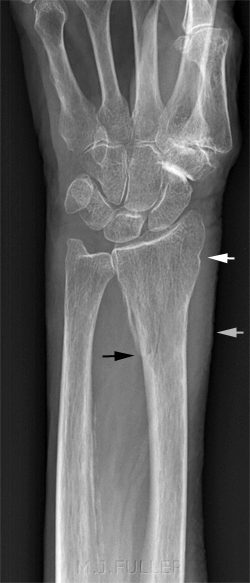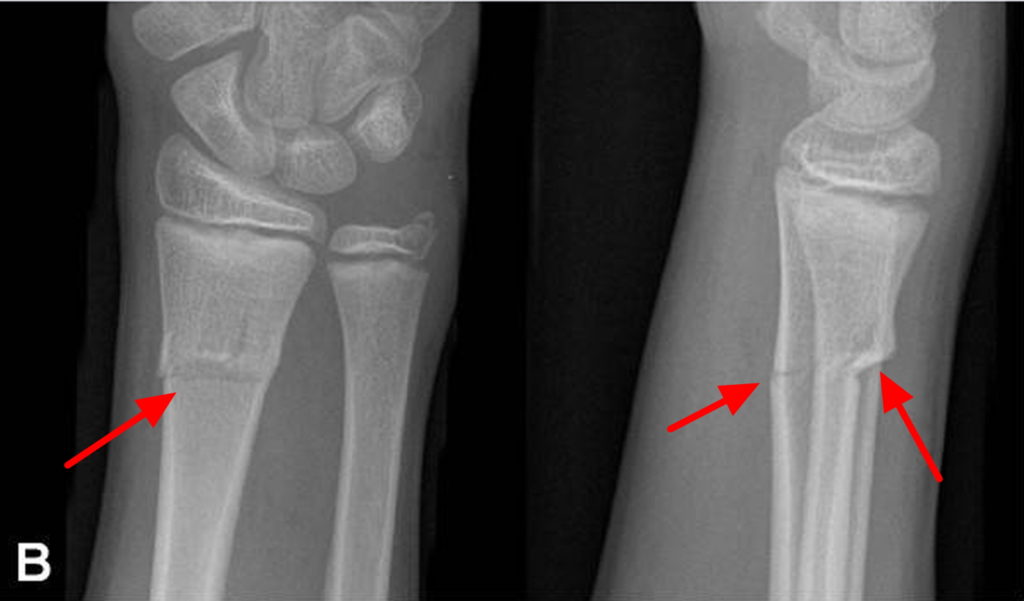

Treatment for these fractures usually does not require surgery and consists of using a cast to allow it to heal in place. This fracture cuts through the growth plate and cracks through a part of the bone shaft as well. Type 2 fractures are the most common type of ankle injury, making up about 75% of fractures. On x-ray scans, there may be no obvious deformities seen. Younger children tend to incur type 1 fractures. About 5% of fractures are type 1 fractures. In type 1 fractures, the fracture cuts through the growth plate and separates the bone end from the bone shaft. Types of Salter-Harris fractures Salter-Harris Type 1 Fractures

This overloads the elbow, causing a fracture, and can sometimes occur together with a wrist injury as well. It tends to occur in children, between 5 – 7 years old, when they fall down onto an outstretched hand. It is an injury to the upper arm bone at its narrowest point, slightly above the elbow. In cases where the bones are misaligned or the child is older (10 – 15 years), surgery may be needed to realign the bones and prevent deformity.Įlbow fractures are another common childhood injury and the most common of these is the Supracondylar Humerus Fracture. Wrist fractures tend to heal well and can be treated with a cast for approximately 2 – 3 weeks. The most common type of growth plate injury is a buckle fracture, where one side of the bone bends but does not break all the way through. X-ray scans are used to assess the type of fracture sustained and if the growth plate is affected. They typically happen when a child stretches out their hand to break a fall. Wrist fractures are the most common fractures in children.

The 3 most common fractures in children occur in the wrist, elbow and ankle. Most common paediatric fractures and injuries Generally, the younger the child, and the closer the fracture is to the growth plate, the better chance there is for a fracture to heal. In adolescence, when growth is complete, these growth plates close up and are replaced by solid, mature bone.Ĭhildren are more prone to fractures rather than ligament sprains as their bones and growth plates are weaker than their ligaments. Called growth plates, they determine the length and shape of their bones as they grow up. Children and adolescents have growing tissue near each end of the bones in their arms and legs. Fractures are common in children, and as many as 1 in 3 children sustain fractures in their lifetime.


 0 kommentar(er)
0 kommentar(er)
